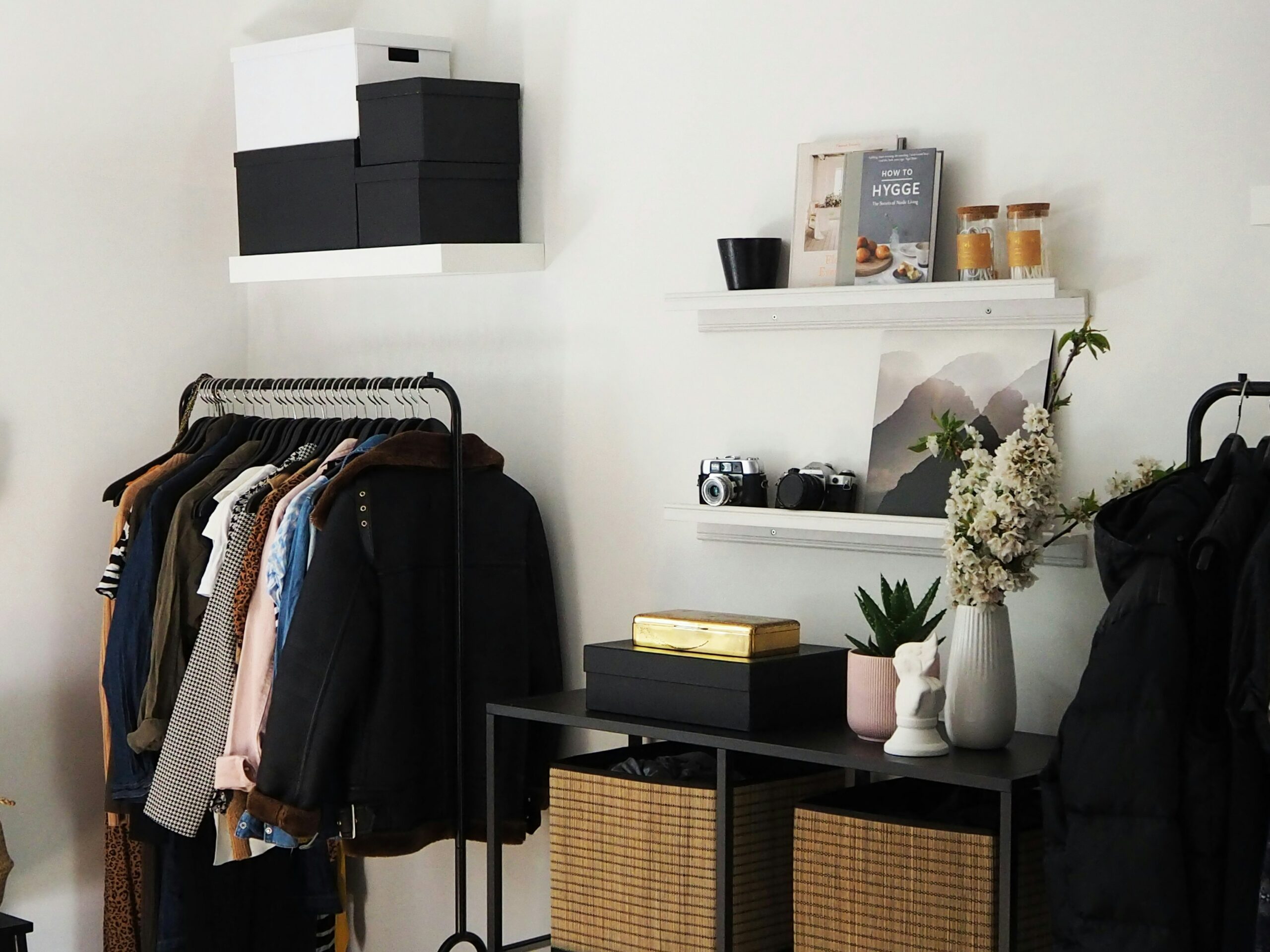

How to avoid impulse buying in the fashion industry?
There are two basic types of shopping: impulse buying and need-based shopping. We talk about impulse buying when we decide to buy something without prior planning. We don't really need it, but we like the packaging, or we've heard about it from others, seen it on influencers, been bombarded with advertising on social media. Or we just saw it and felt we had to buy it. Then, when we get home, we take it out of our bag and don't like it so much anymore, the magic that surrounded the buying process is gone. In contrast, a necessity-based purchase is based on a need that has arisen previously, for example, my white T-shirt is torn and I need another one. In this case, we are not buying unnecessary products, but replacing the ruined items. In fact, this is the basis of the capsule wardrobe.
What are some ways to avoid impulse buying?
Ask yourself the following questions when you see an item of clothing:
- Do I need it?
- Is it useful for me?
- Do I need to buy it? Can't I borrow or rent?
- Can I afford it? Won't the money I spend on it be missed elsewhere?
- Where will I store it?
- What will happen to it when I stop using it?
- Will I be able to wear it at least 30 times?
Practical tips:
- Make a shopping list
- Wait at least 1 day before actually paying for it
- Set a monthly/quarterly budget and keep track of your spending
- Pay cash (This way you feel the weight and amount of money you spend. Paying by card makes it easier to spend even larger amounts.)
- Keep a shopping diary (when, what and how much you bought)
If you have more ideas to reduce impulse buying, share them with us.
We hope you found this article useful, share it with your friends to be more conscious of your fashion purchases and make the fashion industry more sustainable.


Az Európai Unió finanszírozásával. Az itt szereplő vélemények és állítások a szerző(k) álláspontját tükrözik, és nem feltétlenül egyeznek meg az Európai Unió vagy az Európai Oktatási és Kulturális Végrehajtó Ügynökség (EACEA) hivatalos álláspontjával. Sem az Európai Unió, sem az EACEA nem vonható felelősségre miattuk.
